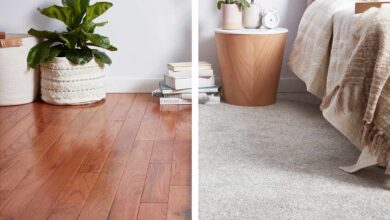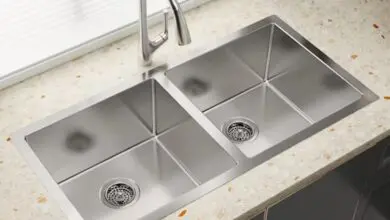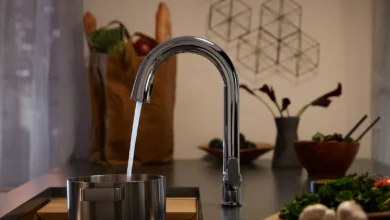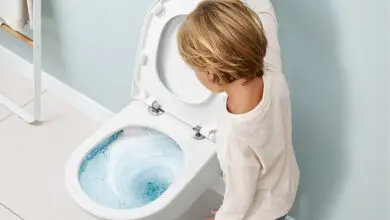Unlock the Power of Colors: Using Color Psychology in Interior Design
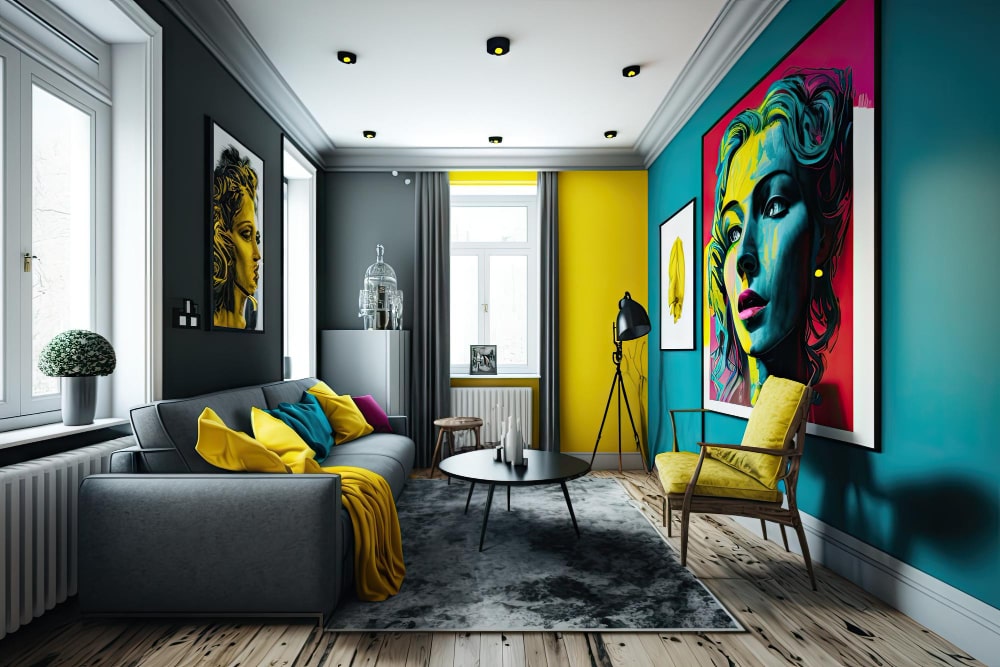
Understanding color psychology is fundamental for interior designers to create spaces that not only please the eye but also support the well-being and lifestyle of the occupants. Color can set the mood of a room, impact the perceived size of a space, and subtly influence the behaviors of its inhabitants.
As we proceed with this article, we uncover the hidden power of colors in interior design and how a basic understanding of color psychology can significantly enhance the ambiance and energy of a space.
What is Color Psychology?
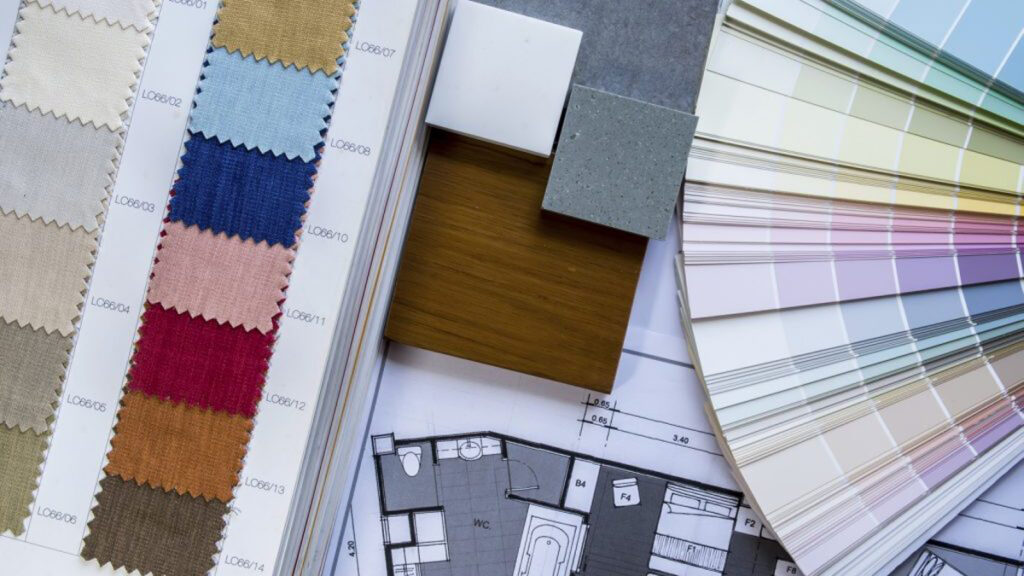
Defining color psychology can be a bit complex as it straddles the fields of art, design, and psychology. In its most basic understanding, color psychology is the study of colors as a determinant of human behavior.
It explores how color influences our decisions, such as what to wear or what to eat, along with our emotional responses to various hues. This discipline applies core principles of human perception to the selection and arrangement of colors to evoke specific responses.
The basis of color psychology lies in color theory, a concept used in various visual disciplines explaining how colors interact and how they can be combined to create different reactions. For example, red is often associated with intensity and passion while blue can evoke feelings of tranquility and calm.
There are also creative ways to mix these colors, creating entirely new resonances of feeling. Understanding color psychology and theory, hence, gives us a deeper insight into how color affects our lives, and more importantly for this context, the way we perceive and interact with our interior spaces.
The Impact of Color in Interior Design
Color does more than adorn our interior spaces; it has the power to shape them in intangible yet significant ways. By meticulously adjusting the colors used in a room, Houston interior remodeling designers can profoundly influence the mood and ambiance of the space.
Cool colors such as blue and green are often used to create a calm, tranquil atmosphere, ideal for bedrooms or study areas. In contrast, warm colors like red, orange and yellow can give a room an energetic, vibrant feel, perfect for social hubs like the living room or kitchen. This incredible power of color to change the mood of a room is a primary reason why it holds colossal importance in the field of interior design.
Furthermore, color can manipulate a room’s perceived space, a key element in interior design. Using light colors can make a small room seem larger and a low-ceilinged room appear higher. Conversely, dark colors can make large, open spaces feel more intimate and cozy.
Another often overlooked aspect is how light and color interact within a space. Natural lighting can significantly alter the appearance of a color, with the same shade looking vastly different under daytime and artificial light. Understanding these interactions is critical for a successful interior design project.
Color Psychology and Room Function
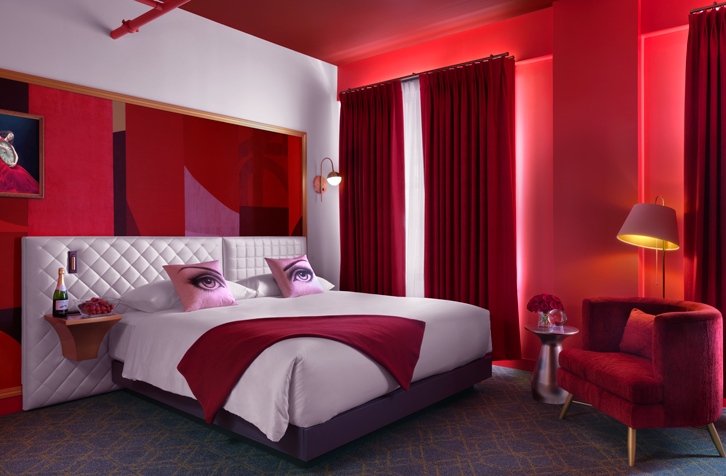
The careful application of color psychology can significantly enhance the specific functions of various rooms within a home. For instance, the bedroom, a sanctuary for rest and relaxation, can benefit from cool, tranquil colors like blues and greens that subconsciously promote peace and serenity. These hues help reduce stress and anxiety, paving the way for a good night’s sleep and overall well-being.
On the other hand, areas of the home intended for more active use, such as the kitchen or dining room, could be energized with vibrant colors like reds and yellows. These hues stimulate conversation, appetite, and a sense of warmth, making them a perfect choice for convivial spaces.
Similarly, workspaces can benefit from smart color choices too. Shades of blue, often associated with productivity and clear thinking, are frequently used in office spaces. These examples show how well thought out color choice, guided by the principles of color psychology, can optimize the function of each room in a home.
Practical Tips on How to Utilize Color Psychology in Interior Design
Understanding color psychology in interior design might seem challenging, but with a few practical tips, you can initiate the creation of spaces that are both attractive and emotionally harmonious. One significant guideline is to select a color palette that aligns with the emotional responses you aim to invoke in each room.
For instance, if you aim for a tranquil and soothing atmosphere in your bedroom, consider soft and cool hues. Conversely, an invigorating and fresh living room could benefit from rich warm tones.
When curating the perfect color palette, remember to take into account factors such as the room’s size and natural lighting. Light colors can significantly enhance the spaciousness of a small room, while darker hues can impart a cozy feel to larger rooms. Also, the interaction between color and light can profoundly alter the perception of colors, hence view how your chosen colors behave under varying lighting conditions.
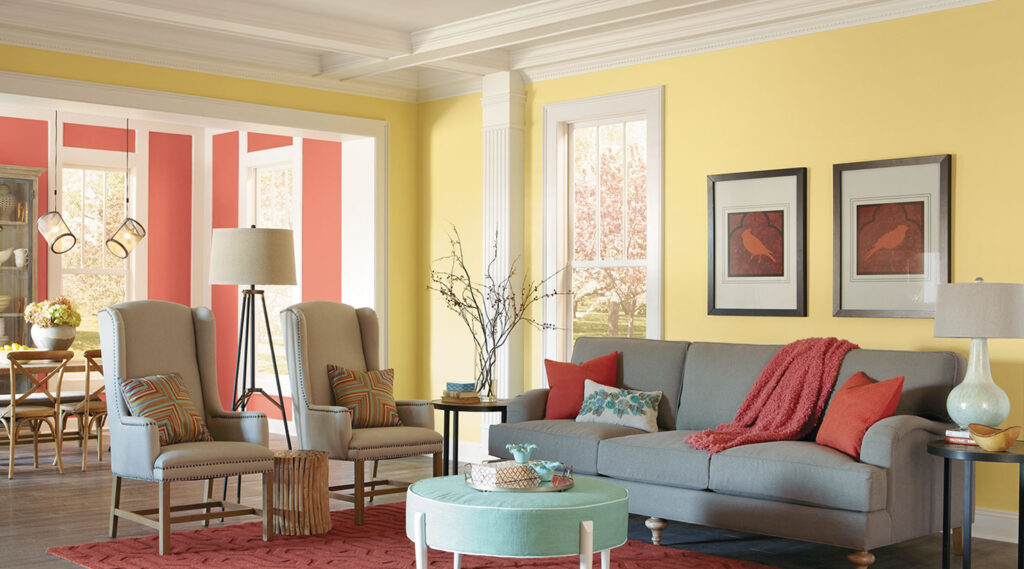
Pairing colors is another vital aspect; aim to achieve equilibrium between warm and cool tones, and remember that every vibrant color needs supporting neutral tones. These general tips, along with a rudimentary understanding of color psychology, will certainly assist you in crafting striking and emotionally impactful interior designs.
Entering the field of color psychology presents an opportunity for a deeper and more sensitive understanding of interior design. The realization that color selection extends beyond the sheer visual effect to aspects of psychology introduces a fresh perspective on our perception of our own homes. As we finish, we aspire this piece has clarified color psychology, encouraging you to consider its principles when planning your subsequent interior design effort.

